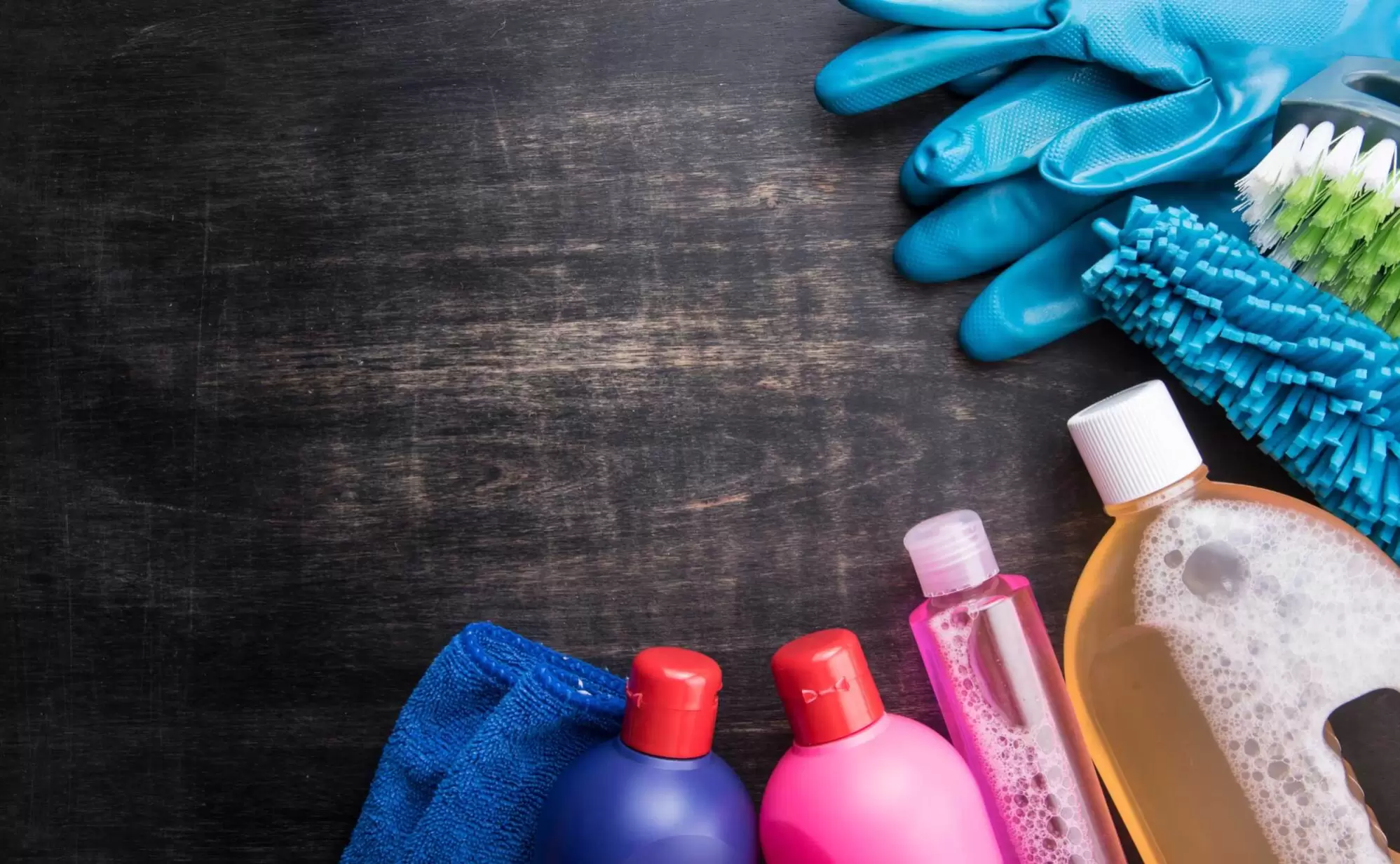Do sealants prevent the release of dust and dirt particles into the air?
Manufacturers of products marketed to coat and seal duct surfaces claim that these sealants prevent dust and dirt particles inside air ducts from being released into the air. As with biocides, a sealant is often applied by spraying it into the operating duct system. Laboratory tests indicate that materials introduced in this manner tend not to completely coat the duct surface. Application of sealants may also affect the acoustical (noise) and fire retarding characteristics of fiberglass lined or constructed ducts and may invalidate the manufacturer's warranty.
Questions about the safety, effectiveness and overall desirability of sealants remain. For example, little is known about the potential toxicity of these products under typical use conditions or in the event they catch fire.
In addition, sealants have yet to be evaluated for their resistance to deterioration over time which could add particles to the duct air. Most organizations concerned with duct cleaning, do not currently recommend the routine use of sealants in any type of duct. Instances when the use of sealants may be appropriate include the repair of damaged fiber glass insulation or when combating fire damage within ducts. Sealants should never be used on wet duct liner, to cover actively growing mold, or to cover debris in the ducts, and should only be applied after cleaning according to appropriate guidelines or standards.



